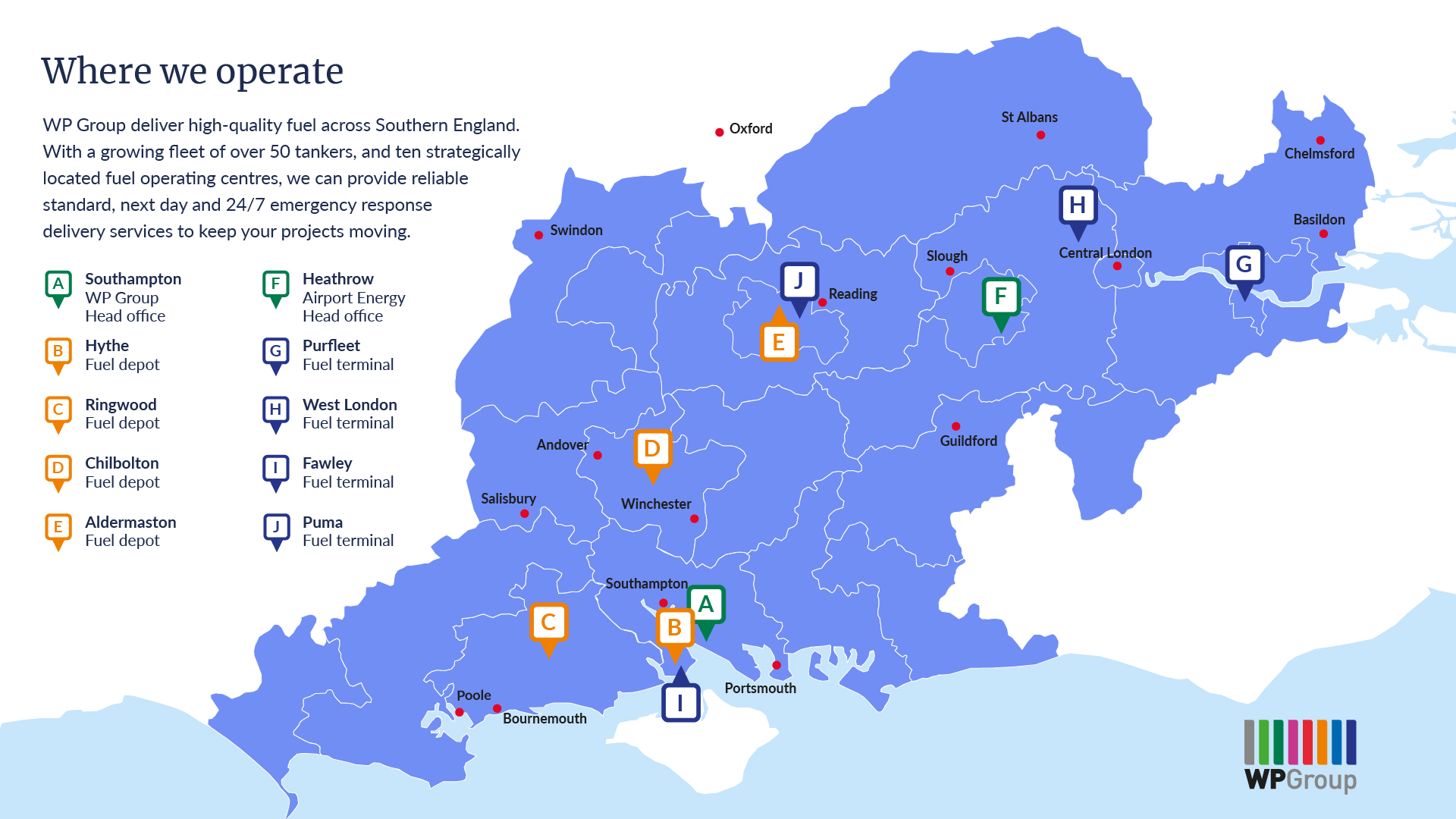Are green retrofits worth the investment?
Published Tuesday 3 September, 2019

The 2008 Climate Act legally binds the UK to reduce carbon emissions by 80% on 1990 levels by 2050. With around 45% of CO2 emissions in the UK coming from the energy used in our homes and buildings[1], our built environment is key if we are to achieve this. And as the UK’s 1.8 million non-domestic buildings account for 17% of the country’s overall CO2 output, the pressure is really on to sort out the environmental footprint of our commercial property sector.
Thankfully, the construction industry has been adopting a ‘greener’ approach for some time now, with many British firms leading the way in sustainable construction solutions. However greener construction per se is only part of the resolution; focusing on new-builds alone just isn’t going to cut it. Many of our existing buildings were created when environmental standards were much lower and little to no consideration was given to sustainability. Thus, the Energy Saving Trust estimates that in order to meet our 2050 goal, virtually every building in the country must undergo a low-energy ‘makeover’ – or in other words, a green retrofit.
Green retrofit – Any kind of upgrade to an existing building that is wholly or partially occupied to improve energy and environmental performance, reduce water and sue and improve the comfort and quality of space.
Whereas new-builds typically take between 10-80 years to offset the environmental impacts of the initial construction process, retrofits can provide huge environmental benefits immediately. Clearly, then, green retrofits seem like a no-brainer when it comes to tackling the country’s carbon footprint. Despite the business world’s growing interest in sustainability, many companies still question the value and ROI of green retrofits.
For green retrofitting to be truly successful, substantial works are likely to be needed, which, in turn, will likely require a hefty financial outlay. So, are green retrofits worth the investment? We take a look at some key tangible benefits a retrospective green upgrade can bring…
Energy savings
Although evidence suggests that the energy saving potential of a retrofit is not as significant as from a green new-build, the savings can, nonetheless, be substantial. Not only does this provide the opportunity for financial respite, reducing energy consumption is a growing importance when it comes to satisfying the government’s new regulations. Provisions to the Energy Act 2011, for example, mean that as of 2018, it will be illegal to let the least energy efficient non-domestic buildings as the Minimum Energy Efficiency Standards come into play. Once in force, these regulations will be a powerful driver for retrofit in the non-domestic property sector.
Just how much energy can typically be saved is difficult to say and will depend heavily on the size of the building and scope of adjustments. Most famously, the Empire State Building underwent a retrospective green upgrade in 2010, reducing the skyscraper’s energy use by 38% – so clearly the potential is there!
Employee productivity
From a business perspective, there will always be clear incentives for improving employee productivity – and research has suggested that making even the smallest improvements to increasing productivity can generate high financial returns. Green building attributes, such as high levels of natural daylight, appropriate types/levels of artificial lighting, green materials, outdoor air ventilation, thermal comfort and open spaces (to name a few!) have all been proven to positively influence employee productivity.
Green = competitive
Trends in the construction industry and Corporate Social Responsibility (CSR) have been converging for some time. Sustainability in building design/construction has moved from being a ‘nice-to-have’ to a firm ‘must have’. It’s no surprise, then that ‘going green’ can attract higher volumes and higher paying tenants. The problem is, there simply aren’t enough new construction projects to satisfy the market demand. Green retrofits are the natural next choice, giving building and facilities management firms the opportunity to offer customers ways to reduce their environmental impact, whilst saving resources and reducing energy costs.
From potential energy savings to improvements in employee productivity and higher market value, the benefits of green retrofits can extend far beyond the environmental responsibility. And for those worried about their footprint, the Climate Change Group have warned that until we retrofit our existing building stock, we risk not meeting our ambitious climate change targets.
[1] http://www.ukgbc.org/resources/key-topics/energy-climate-change/energy-and-carbon






